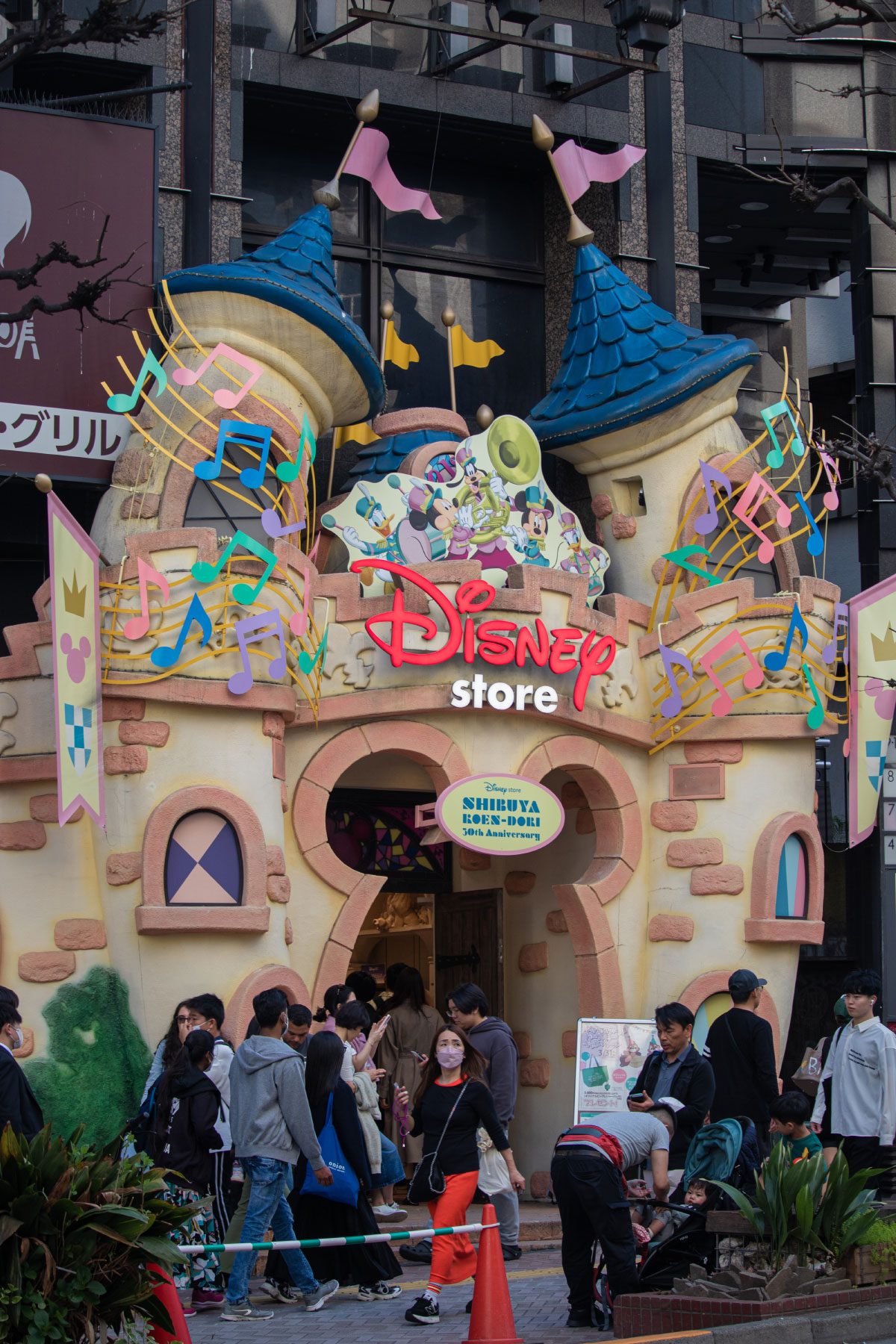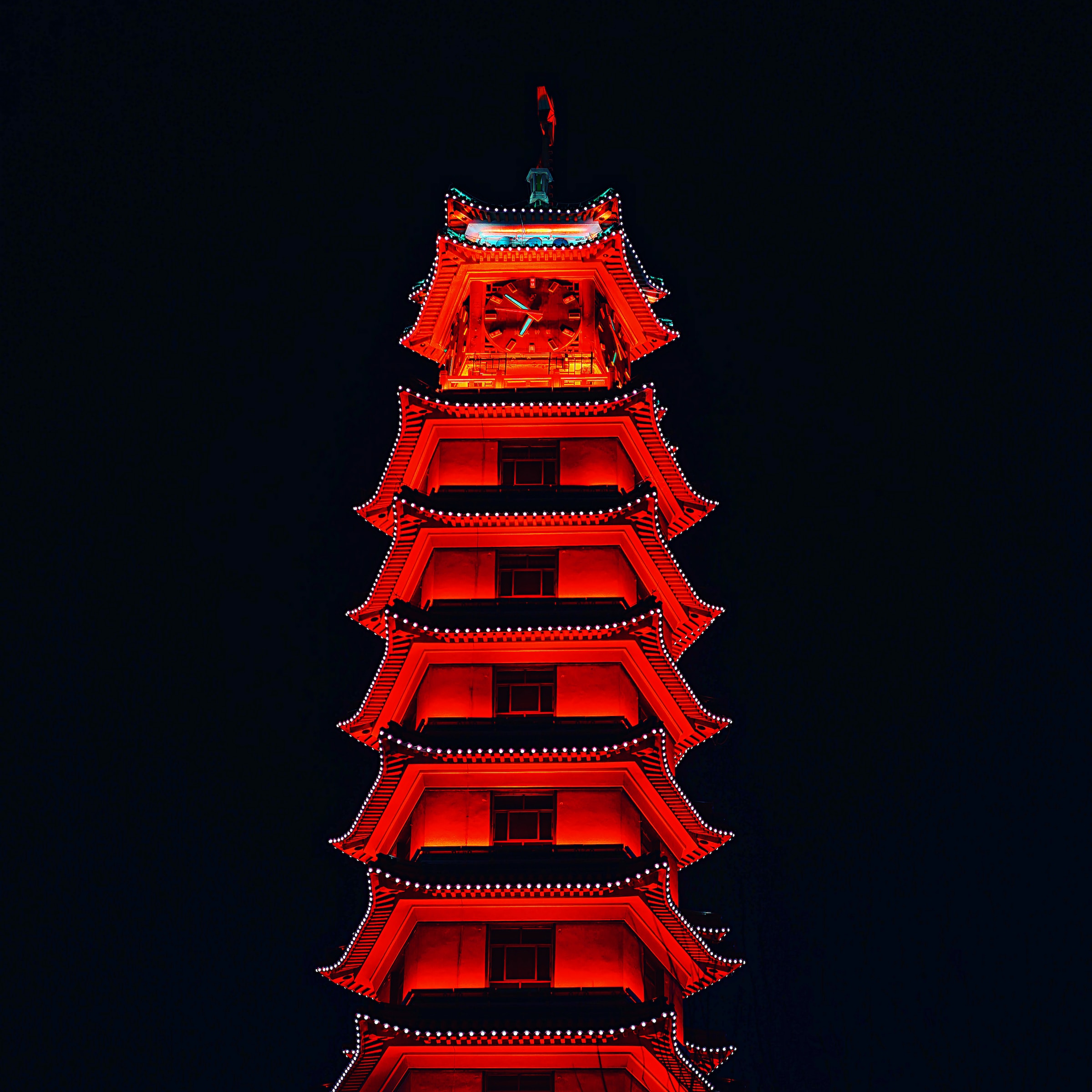In this new review of the global performance of the theme park and amusement park market and its immediate outlook, according to the latest report from the International Association of Amusement Parks and Attractions (IAAPA), we look at the Asia-Pacific geographic area. Therefore, from a general point of view, the theme park and amusement park market in this region in 2019, before the health crisis, had around 505 million customers and €16.4 billion in sales, at a per capita expenditure of €32.53. The biggest sales country in the region was Japan with €7.569 billion, followed by China (including Hong Kong) with €6.373 billion. Far behind in terms of revenue from such attractions were the other countries in the region: South Korea, for example, follows with €746 million, followed by Australia with €380 million.
With the arrival of 2020 and the market hit by the pandemic, attendance at the region’s theme parks and attractions fell by 60% overall, from 504.9 million visitors in 2019 to 202.1 million in 2020. The drop in sales was of a similar order, namely 59.4%. However, Japan was the country in the geographical area that suffered the biggest decline in performance, with a 69.9% drop in sales, followed by South Korea, with a 63.1% drop. In contrast, the decline in sales was 49.8% for China in 2020.

Once the storm has passed, in 2021, the theme park and attractions market in the region rebounded strongly to €13.215 billion, or 98% over the previous year. This is the result of a 77.2% growth in attendance (358.2 million people), and an increase in per capita spending, which was a significant 11.7% (or €36.9) in 2021. The IAAPA forecasts “continued double-digit growth in attendance in 2022-23″, at 33.6% and 12.4% respectively. While Asia-Pacific attendance will only outpace 2019 this year in 2023 (by just over 33 million people), it will grow over the forecast period at a compound annual rate of 25%, to 617 million people in 2025.

IAAPA explains these extremes, in addition to the reopening of theme parks and attraction parks that were closed in 2020, by the “plus side in 2021”, namely “the opening of several major parks and attractions, including Universal Beijing Resort in China, Super Nintendo World and the Super Mario attraction at Universal Studios Japan, and Lotte’s Magic Forest in South Korea”. Finally, IAAPA notes that Japan and China will continue to lead as the main markets in the Asia-Pacific area. Already in 2021, the two countries together accounted for 78% of total regional spending. At the same time, their share of the total increase in sales between then and 2025 will be 86%. Furthermore, “Japan will remain the largest market in the region, accounting for 45% of total spending in Asia Pacific in 2025, up from 34% in 2020″. In contrast, “China’s share of the market will fall from 44% in 2020 to 39% in 2025”.
Below are our reviews of the other regions of the world: Europe, Middle East and Africa, and Latin America.
Source: IAAPA.







